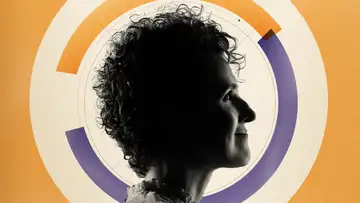Restaurant CaloriesTop of Mind with Julie Rose • Season 1, Episode 234, Segment 4
Feb 18, 2016 • 19m
Guest: Susan Roberts, PhD, Senior Scientist and Director of the Energy Metabolism Laboratory at Tufts University
Big chain restaurants with their promises of sheer quantity – bottomless fries, endless breadsticks, super-jumbo shrimp. And like Pavlov’s dogs, we salivate. It’s literally in our genes to crave more food than we really need. Plates at chain restaurants are huge, partly because we demand it. Skimping on portions is a surefire way to get a bad customer review on Yelp.
So, if you’re trying to keep a diet in check, you’re probably better off avoiding the chains and going to a locally-owned-one-of-a-kind eatery, right? One with a reputation built on something other than endless, bottomless servings. But some really comprehensive calorie analysis of popular meals in locally-owned restaurants and chains in San Francisco, Boston and Little Rock found restaurants in general are just bad for our waistlines.
